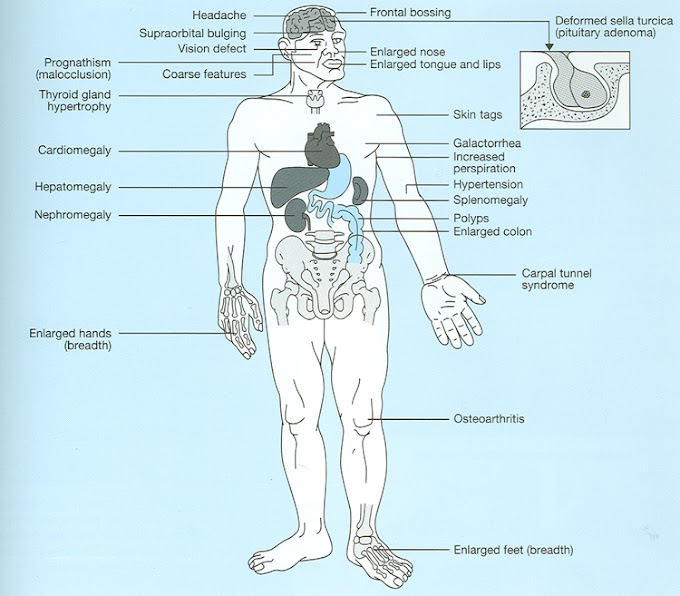Type 1 diabetes is a disorder in which the body does not make insulin. Insulin is a hormone that helps the body convert food into energy. Without insulin, glucose (sugar) from the food you eat cannot enter cells and glucose builds up in the blood. Your body tissues become starved for energy.
Type 1 diabetes usually begins in children and young adults. Long-term, high blood sugar levels can damage the kidneys, eyes, nerves, and other tissues.
Causes
Most cases of type 1 diabetes are caused by the body's immune system attacking and destroying insulin-producing cells in the pancreas. The current theory is that people whose genes make them prone to this disease are exposured to something in the environment that triggers the immune system problem. The trigger may be a virus, a food, a chemical, or a drug. A rare form of type 1 diabetes is called idiopathic diabetes. It is possibly inherited but the precise cause remains unknown.
Risk Factors
A risk factor is something that increases your chance of getting a disease or condition. Studies show that the following may be risk factors for developing type 1 diabetes:
- Family history (parent, sibling) of type 1 diabetes
- Illness during early infancy
- Being born to an older mother
- Being born to a mother with preeclampsia during pregnancy
- Other autoimmune illness, including:
- Hashimoto's disease
- Grave's disease
- Addison's disease
- Pernicious anemia
- Ethnicity: Northern European or Mediterranean
- Studies are underway to see if infants given cow’s milk, rather than breast milk, are at increased risk
Symptoms include:
- Weight loss
- Increased urination
- Extreme thirst
- Hunger
- Fatigue, weakness
- Blurry vision
- Irritability
- Vomiting
- Abdominal pain
- Dehydration (not enough fluid in the body)
- Drowsiness
- Abnormally deep and fast breathing
- Coma
The doctor will ask about your symptoms and medical history, and perform a physical exam.
Type 1 diabetes is diagnosed based on the results of blood tests and other criteria, including:
- Symptoms of diabetes and a random blood test revealing a blood sugar level greater than or equal to 200 milligrams per deciliter (mg/dl)
- Blood sugar tests after you have not eaten for eight or more hours that reveal blood sugar levels greater than or equal to 126 mg/dl on two different days
- A glucose tolerance test with a reading greater than or equal to 200 mg/dl two hours after you consume glucose
Diabetes treatment aims to maintain blood sugar at levels as close to normal as possible. Regular medical care is essential for preventing or delaying complications.
Insulin
Injections of insulin replace what the pancreas would have produced and are essential for life. Insulin doses may be adjusted based on results of blood-sugar tests conducted prior to meals and at bedtime. You will need to inject insulin two, three or more times daily or wear an insulin pump that continually supplies a small amount of insulin. The pump connects to tubing and a small needle or catheter under the skin.
Diet
- Follow a balanced meal plan, eating consistent and moderate amounts of food at regular times each day.
- Do not skip meals.
- Eat plenty of fruits, vegetables and fiber.
- Eat limited amounts of fat.
- Eat moderate amounts of protein and low-fat dairy products.
- Avoid foods high in sugar.
- Eat a bedtime snack with protein and a starchy food.
- Keep a record of the food you eat to help a dietitian or doctor revise your nutritional needs.
Exercise is encouraged when blood sugar levels are under control and there are no complications. Follow your doctor's recommendations for activity levels and restrictions. You may need to adjust your insulin regimen or diet to compensate for low glucose levels associated with exercise.
Blood Sugar Testing
Checking blood sugar levels during the day helps you track the amount of glucose in your blood. Testing is easy with a blood glucose monitor. Keep a record of the results to show the doctor. Your treatment plan may change based on your test results.
Prevention
Currently there is no way to prevent type 1 diabetes, but ongoing studies are exploring ways to prevent diabetes in those who are most likely to develop it. People who have a parent, brother, or sister with type 1 diabetes and are willing to participate in one of these studies should talk with their doctors. They may want to be tested for islet cell antibodies, because if they have these antibodies, they are more likely to get diabetes.
Vaccines have not been found to contribute to the development of type 1 diabetes.4 Children who are at risk for developing diabetes still need to get the recommended immunizations. See the childhood immunization schedule recommended by the U.S. Advisory Committee on Immunization Practices, the American Academy of Pediatrics, and the American Academy of Family Physicians.



0 Comments